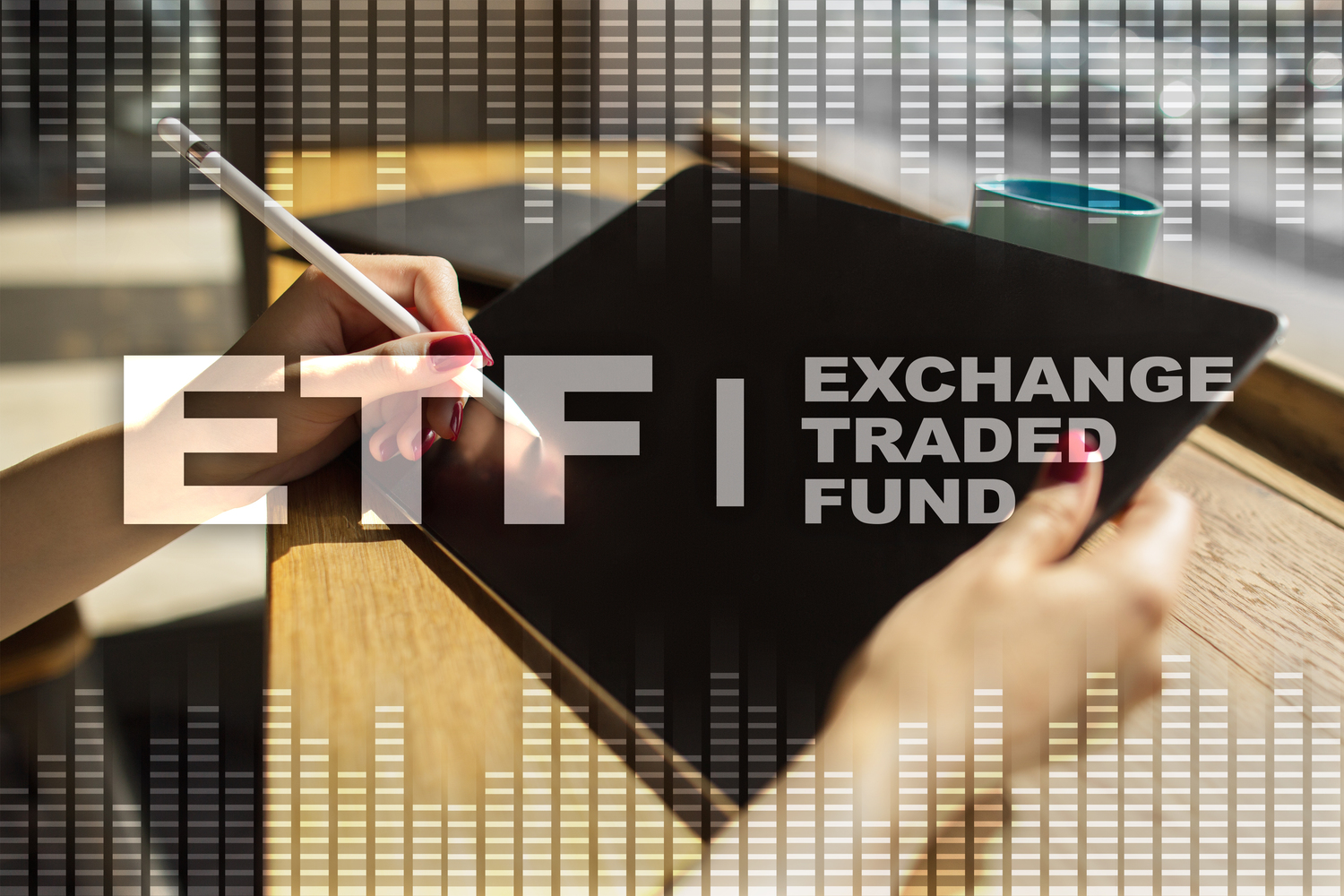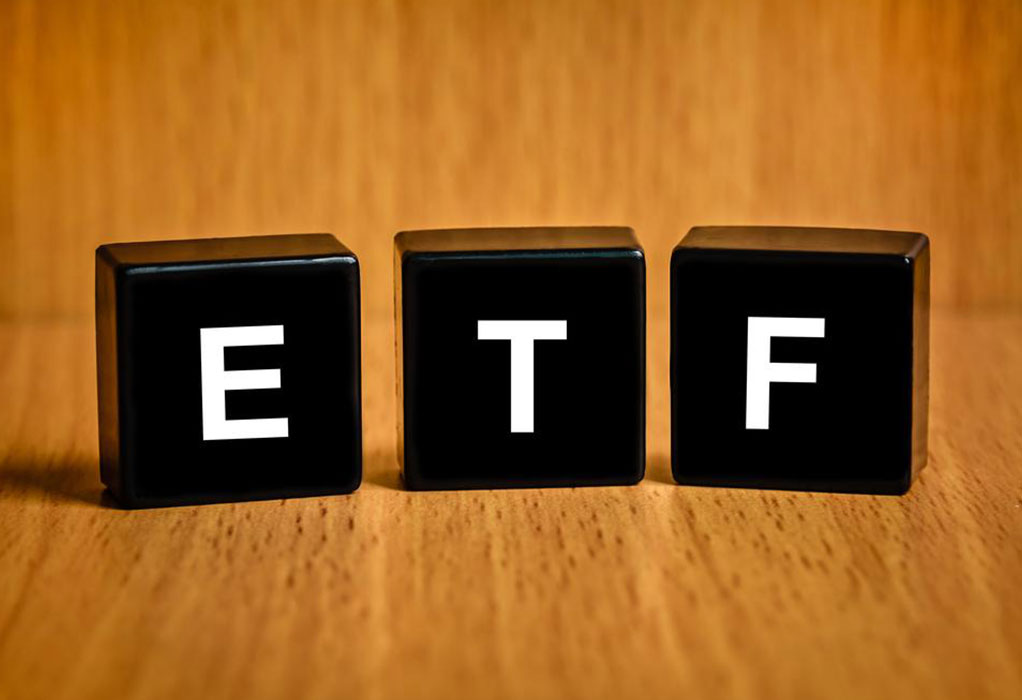Understanding Exchange-Traded Funds (ETFs): A Guide to Investment Growth
Explore the fundamentals of ETFs, including types, benefits, and top investment options. Learn how ETFs can diversify your portfolio, reduce costs, and offer tax advantages. This guide helps investors understand how to choose the best ETFs for their financial goals, emphasizing long-term growth and stability.
Sponsored

Understanding Exchange-Traded Funds (ETFs)
With rising inflation and increasing costs for everyday essentials, growing your wealth through investments becomes essential. Relying solely on savings accounts may limit your returns, making investment options more attractive. Exchange-Traded Funds (ETFs) offer a flexible way to invest in a diversified portfolio of stocks, bonds, or commodities, helping secure your financial future. Many high-dividend ETFs are available that have shown consistent gains, reducing risk and offering potential for steady income over time.
Investing in ETFs is highly recommended for future financial stability. If you're considering the best ETFs to invest in, here are key insights to guide your decision-making process.
What is an ETF?
An ETF is an investment fund traded on stock exchanges that holds assets like stocks, bonds, or commodities.
It aims to keep its market value close to its net asset value (NAV).
ETFs often track specific indexes, such as market indices or commodity benchmarks.
They typically involve lower costs and offer tax advantages to investors.
ETFs can be bought or sold throughout trading hours, providing liquidity and flexibility.
How Do ETFs Work?
ETFs are bought or sold through authorized participants with agreements with brokers.
Trades usually involve large blocks of shares, often in tens of thousands.
Long-term investments tend to yield better returns compared to short-term trading.
Types of ETFs
Index ETFs: Mimic the performance of specific market indexes based on bonds, stocks, or commodities.
Stock ETFs: Track national stock indexes, including large-cap, small-cap, growth, or value stocks.
Bond ETFs: Invest in bonds, offering stability during economic downturns as investors shift funds from stocks to bonds.
Commodity ETFs: Focus on commodities like precious metals or agricultural products, with Gold ETFs being among the first in this category.
Currency ETFs: Track major currencies such as the euro or yen, with the Euro Currency Trust as an early example.
Advantages of Investing in ETFs
Provide diversification similar to index funds, with options for short-selling and margin trading.
Some brokerage platforms offer commission-free trading for select ETFs, minimizing expenses for investors.
How to Choose the Right ETFs
Select ETFs based on your investment amount and goals.
Opt for low-cost ETFs with tight spreads to maximize returns.
Prioritize ETFs offering favorable tax benefits.
High-dividend ETFs can be advantageous for quick income generation.
Review past performance to assess potential returns before investing.
Top 10 ETFs to Consider
Vanguard Healthcare ETF
Lonar Cancer Immunotherapy ETF
SPDR S&P Homebuilders ETF
Tortoise Water Fund
Robo Global Robotics & Automation ETF
PowerShares Russell Top 200 Growth Portfolio
ProShares Retail Decline ETF
iShares Floating Rate Bond ETF
iShares MSCI Emerging Markets ETF
Vanguard S&P 500 ETF






